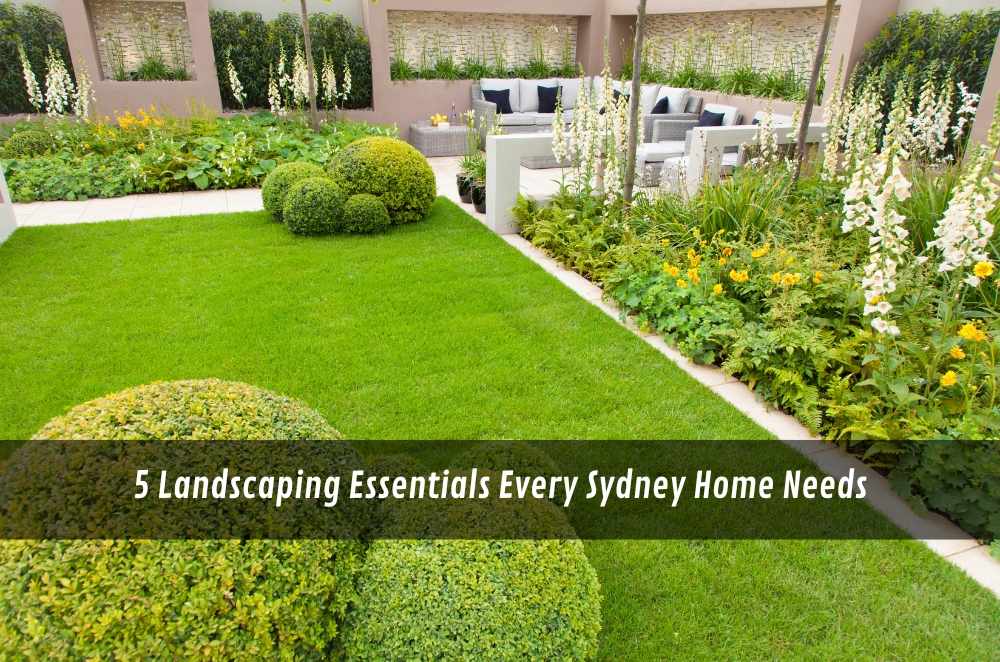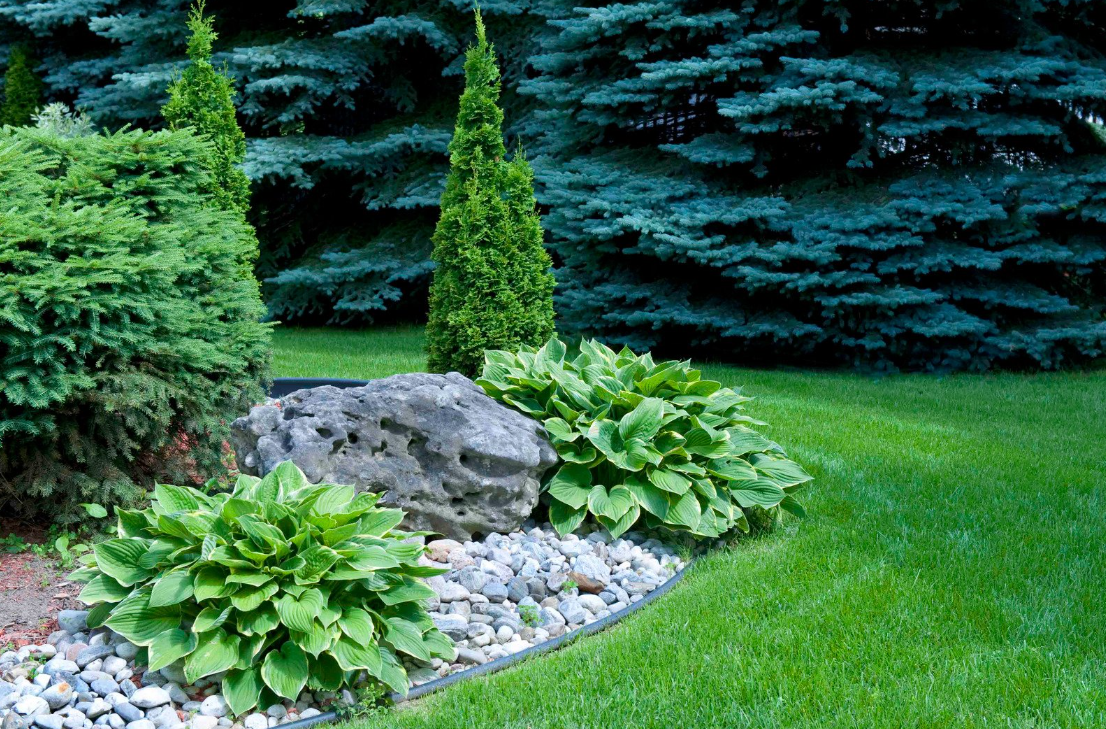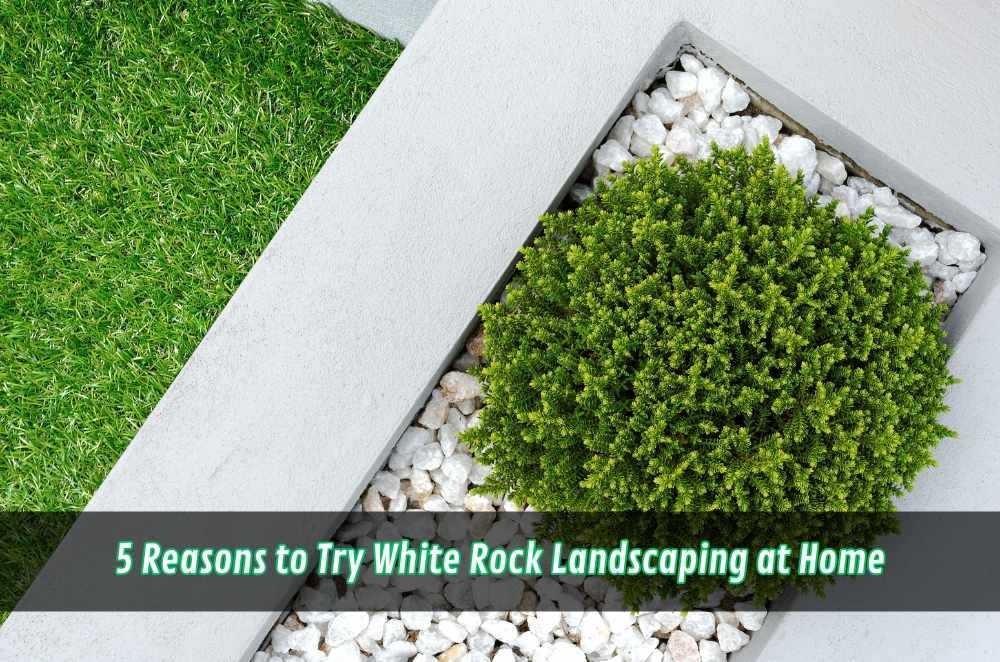
changes from clay to sand depending on the suburb. It means that creating a yard you actually enjoy isn’t just about planting a few shrubs; it’s about planning spaces that suit the way you live while coping with the local climate. A well-thought-out design takes the pressure off daily upkeep, whether that’s keeping paths safe after rain or making sure plants can handle the heat without constant attention. For many households, working with professional landscaping services provides a way to bring all those moving parts together—levels, drainage, plant choices, and even lighting—so the garden grows into itself over time rather than fighting against the conditions. Once those fundamentals are in place, the rest of the space feels easier, more natural, and a lot more inviting.
Understand your site and the way water moves
Every block has a personality: a sunny side, a pocket that never dries, a breeze that barrels through in the afternoon. Read those cues before anything else. When you work with the conditions, materials last longer, and plants settle quickly.
Make drainage invisible. Gentle falls, discreet strip drains, and permeable joints keep paths safe after rain while avoiding the “industrial” look.
Balance access and privacy. A clear front entry, a private nook, and a line to the clothesline—each has its route. Avoid awkward pinch points.
Use levels to your advantage. Low retaining and broad treads turn slopes into calm terraces rather than constant climbs.
Choose honest materials. Porcelain for stain resistance, natural stone for warmth, composite decking for low upkeep—match each to its job.
Industry bodies such as Landscaping NSW often stress that water management and correct site planning are the cornerstones of outdoor spaces that last. Their guidelines remind designers and homeowners alike that a strong foundation protects not just the look of the garden but the integrity of the home itself.
Design decisions that stand up to heat and downpours
Good design in Sydney starts with sun angles, shade, and runoff. Summer shade to the west stops hard surfaces from baking; winter sun to the north keeps living spaces bright. Soft edges (gravel, mulch, groundcovers) temper the heat that bounces off stone and steel. And wherever water lands, it needs a calm path away from the house—sometimes a shallow swale is enough.
Map your microclimate. Hot corners, wind corridors, frost pockets—each calls for a slightly different planting mix.
Layer structure. Trees for canopy, shrubs for backbone, groundcovers for softness. It’s the layering that makes small spaces feel generous.
Keep surfaces honest. Mix permeable paths with firm pads so wheels roll smoothly and water still seeps away.
Plan lighting early. Conduits and transformer spots are easier to place before paving goes down.
Thinking about sustainable garden design makes these choices less about style and more about long-term function. Permeable surfaces, plant zoning, and water-efficient layouts don’t just suit the local climate—they create spaces that stay comfortable and practical without constant adjustment.
Lighting, access and everyday comfort
A garden you can’t comfortably move through won’t get used. Paths should be wide enough for two people to pass; thresholds shouldn’t trip anyone; seating should catch the right light at the right time. Lighting ties it together—soft, low, and purposeful rather than bright and busy.
Light for tasks, not spectacle. Step lights for safety, a warm glow near seating, and a subtle wash across planting. Keep glare out of eyes and neighbour windows.
Mind the small hardware. Gate latches, hose points, and bin enclosures are tiny decisions with outsized daily impact.
Think seasonal shade. Deciduous cover near windows cools in summer and opens in winter. Shade sails and pergolas protect west-facing areas.
Give plants breathing room. Avoid the temptation to overfill new beds; maturity will arrive faster than you think.
Events like The Sydney Garden Show showcase how lighting, access, and clever use of space can transform even modest backyards. What’s striking is how much attention goes into the finer details—the width of a step, the height of a hedge—that make outdoor areas genuinely comfortable year-round.

Plant choices that keep their shape through heat and wind
Structure plants do the heavy lifting. Aim for resilient performers that hold lines in summer and don’t sulk after a windy change. Mixing tough natives with compatible Mediterranean species brings texture and resilience without cranking maintenance.
Reliable backbone. Waterhousia, Tristaniopsis, and Crepe Myrtle for canopy; Westringia and Callistemon for hedging; Lomandra and Dianella as textural anchors.
Groundcover stitching. Myoporum, Grevillea ‘Royal Mantle’, and blue star creeper soften edges and discourage weeds.
Colour with restraint. Kangaroo paw and salvias for seasonal lift—grouped in repeats rather than dotted everywhere.
Soil care first. Compost for biology, chunky mulch for moisture—healthy soils buffer heat far better than frequent watering.
Over time, you start noticing which performers hold up no matter the season. The best plants for Sydney gardens are the ones that stay tidy under summer heat, shrug off salty winds, and still bring structure when everything else looks tired. Choosing them early means less replanting later and a garden that feels settled for years.
Keep maintenance simple and steady
The best gardens are the ones you can keep up with. Light, regular care beats occasional blitzes. Set a rhythm early and stick to it—small, consistent habits protect the structure you invested in.
Quarterly tune-ups. Check irrigation, top up mulch, and prune lightly to keep form without shock.
Water with intent. Drip lines under mulch, zones separated for lawn and beds, and a smart controller that respects rain days.
Right tool, right moment. Sharp secateurs and a folding saw handle most work; avoid hard chops that invite stress.
Expect a few swaps. Even with careful planning, a handful of plant changes in the first year is normal as the garden settles.
For anyone juggling work and family, outsourcing some of these routines can make sense. The real benefits of garden services show up in the little things—hedges trimmed on time, irrigation lines kept in check, and seasonal feeding done before plants start struggling. That steady rhythm means the garden keeps looking balanced without demanding all your weekends.
Digital platforms like Houzz have shown how homeowners often share these routines as part of their design stories. It highlights that a strong maintenance rhythm isn’t just about neatness—it’s a cornerstone of lasting value in outdoor spaces.
Final thoughts
Design with the site you’ve got, not the one on a mood board. Let water move quietly, give plants room to mature, and use lighting and access to make evenings outside easy. With the foundations in the right order, the garden looks after itself more than you’d expect, and small tweaks—an extra layer of mulch here, a light prune there—are all it needs to stay welcoming.








Write a comment ...